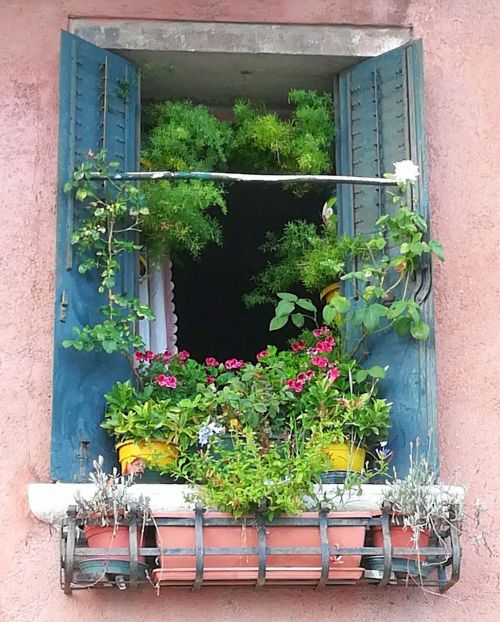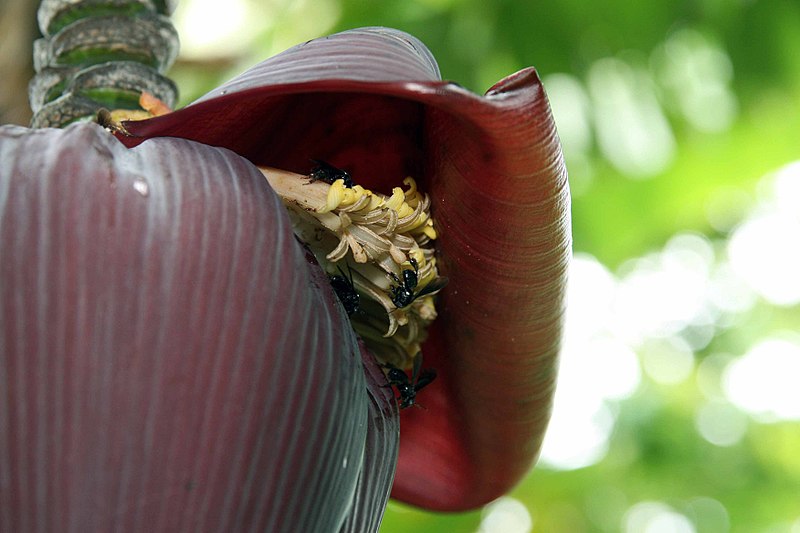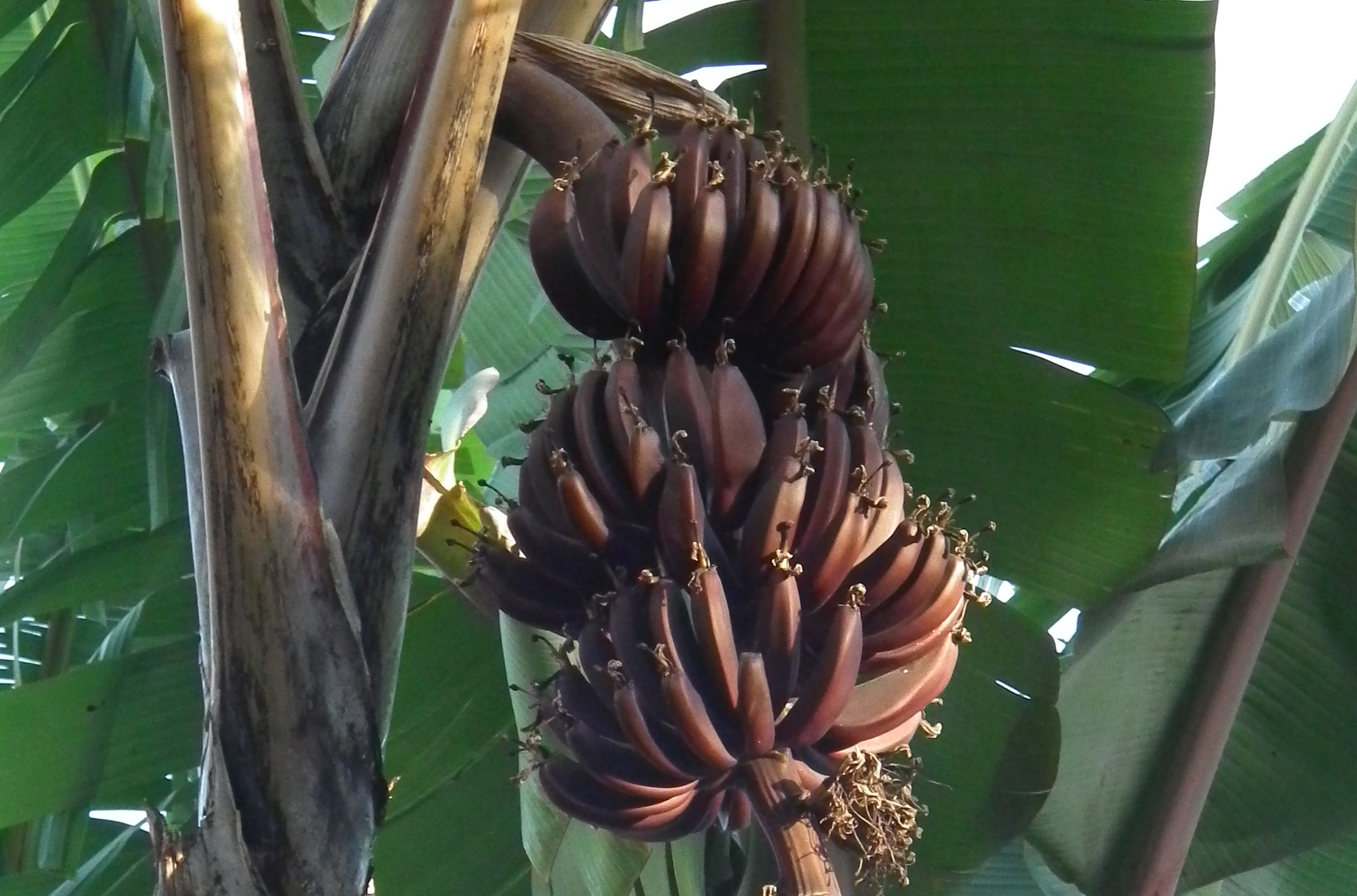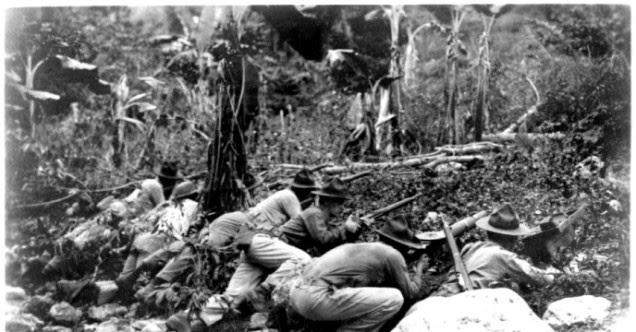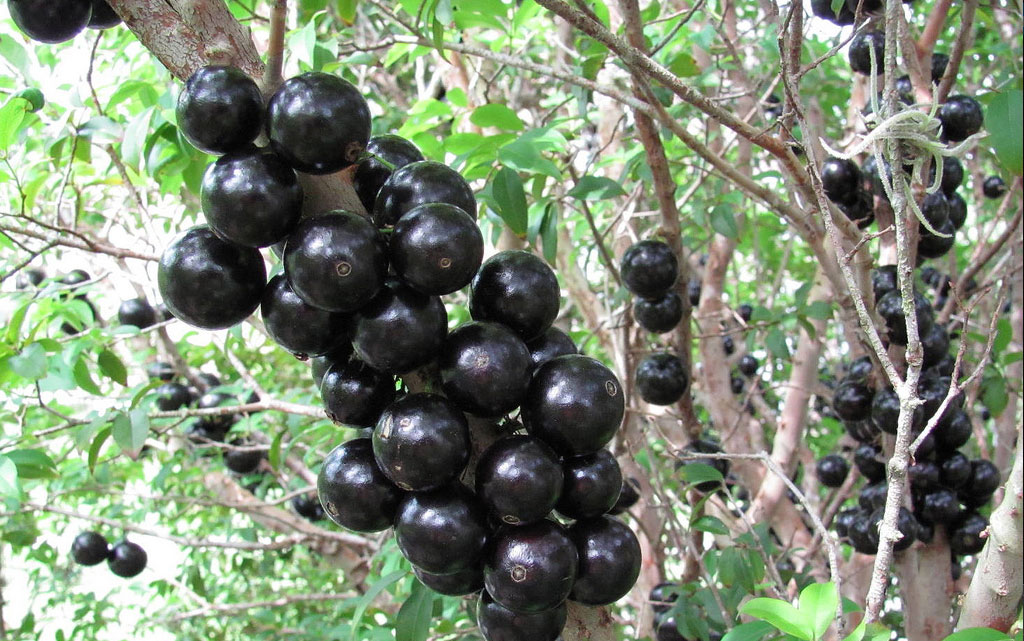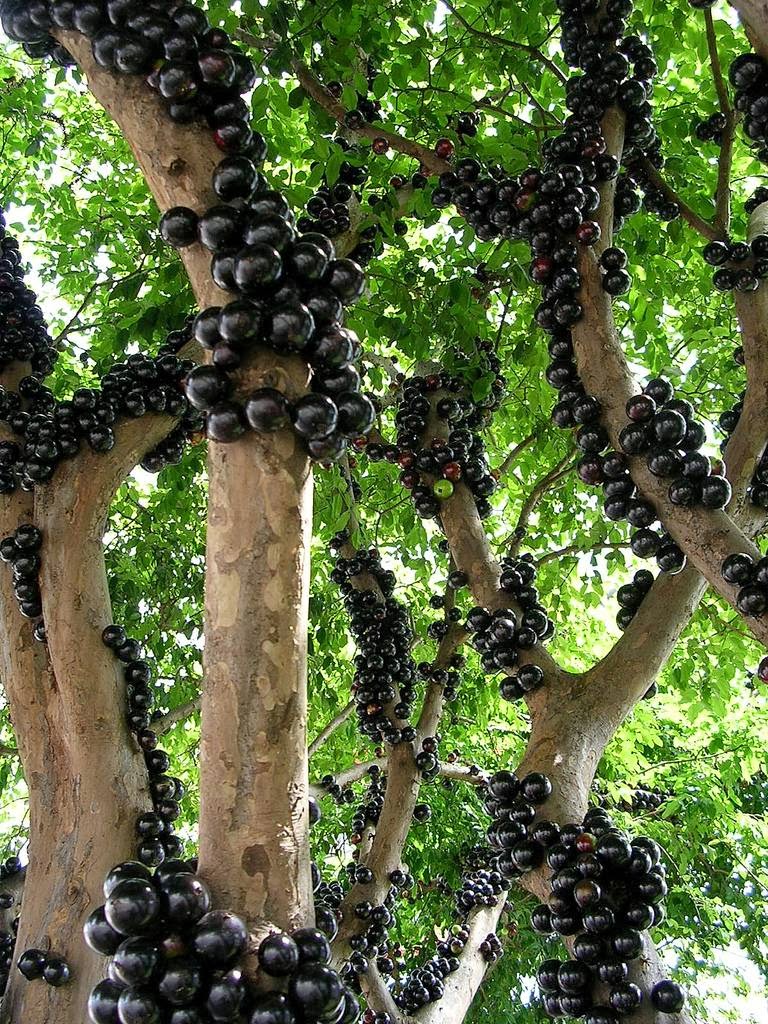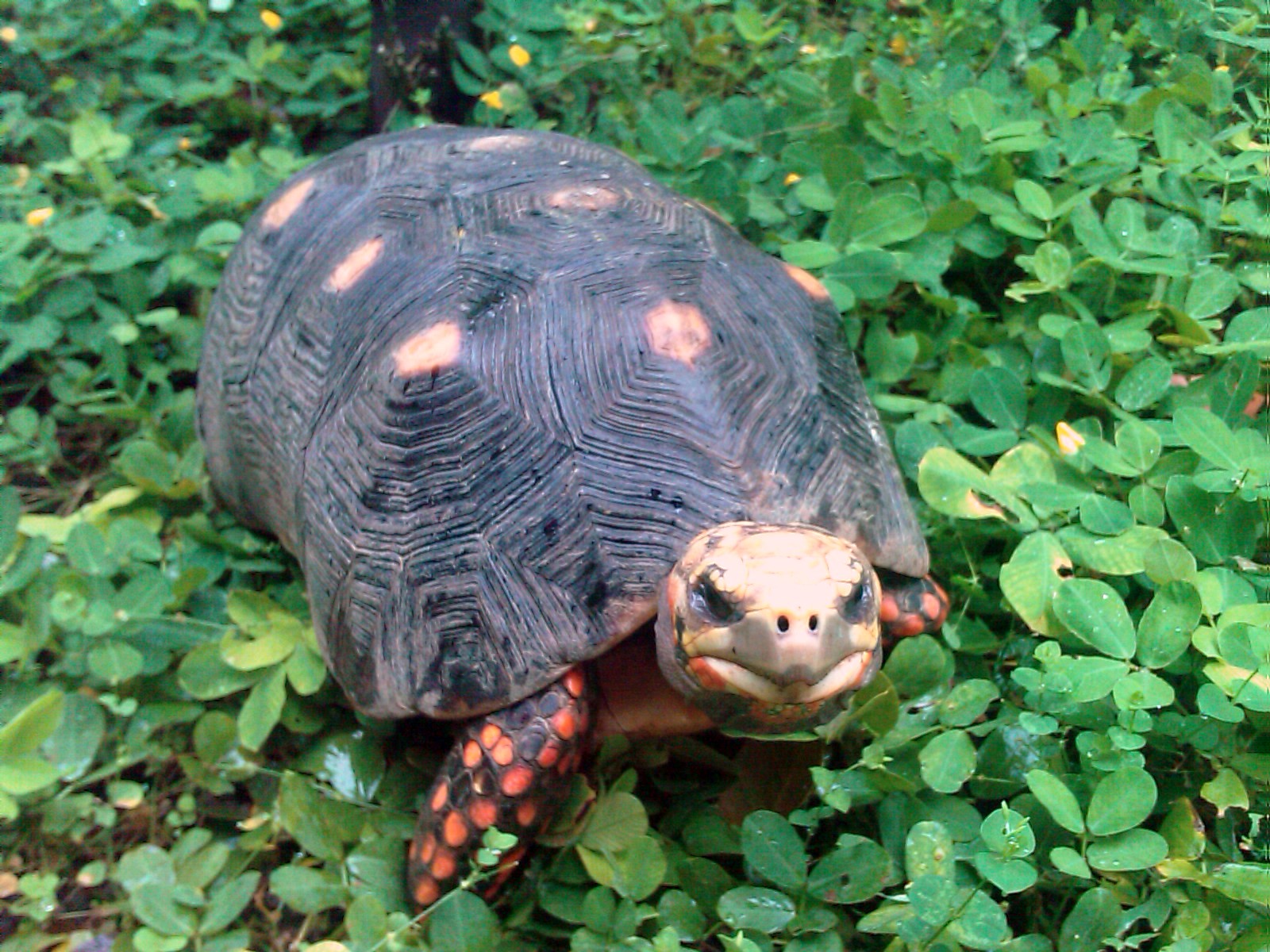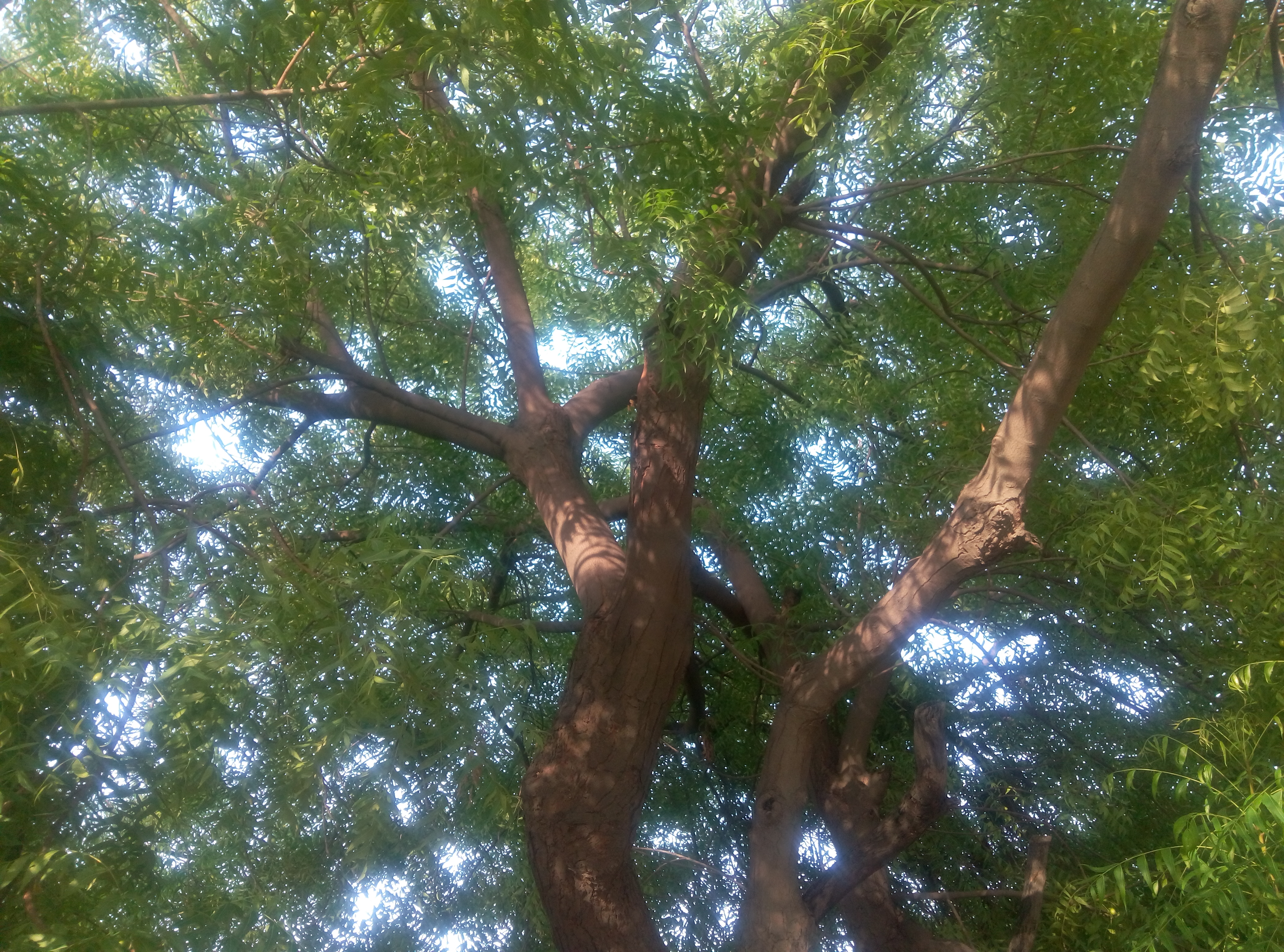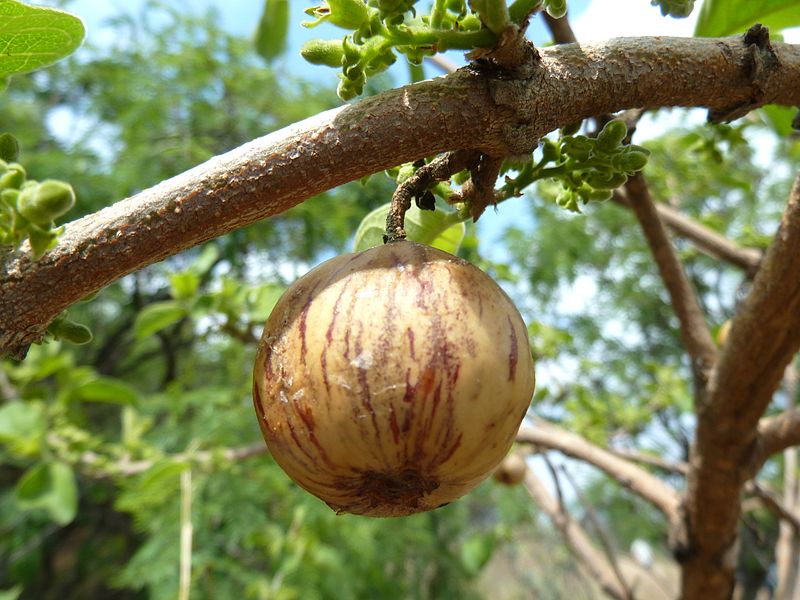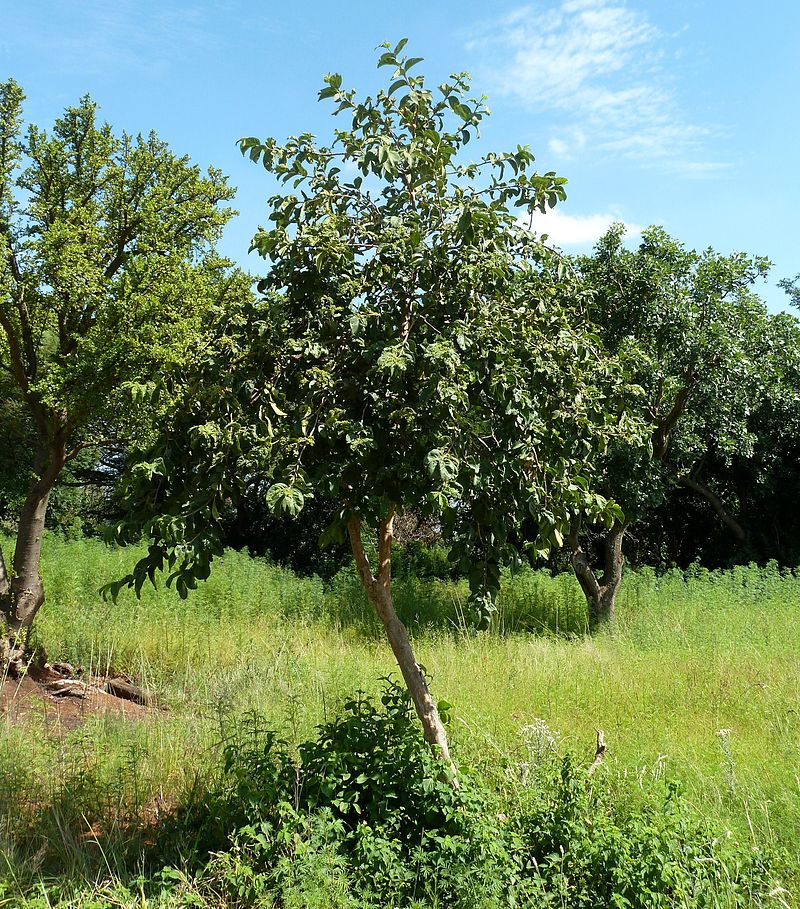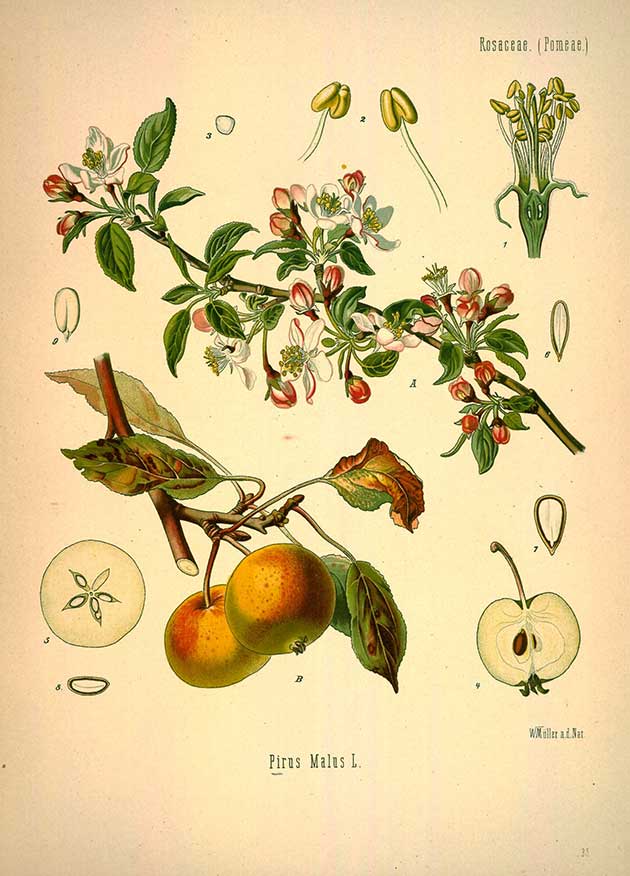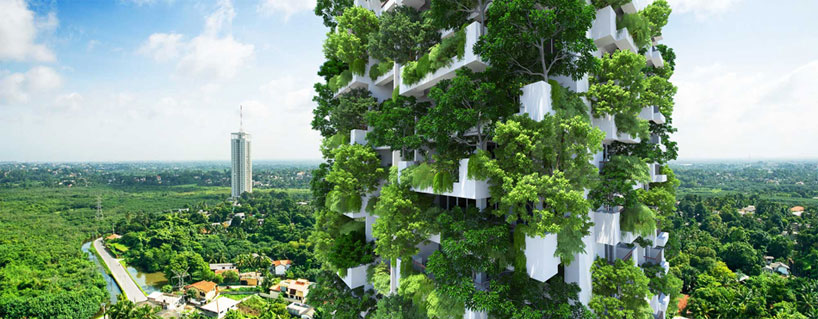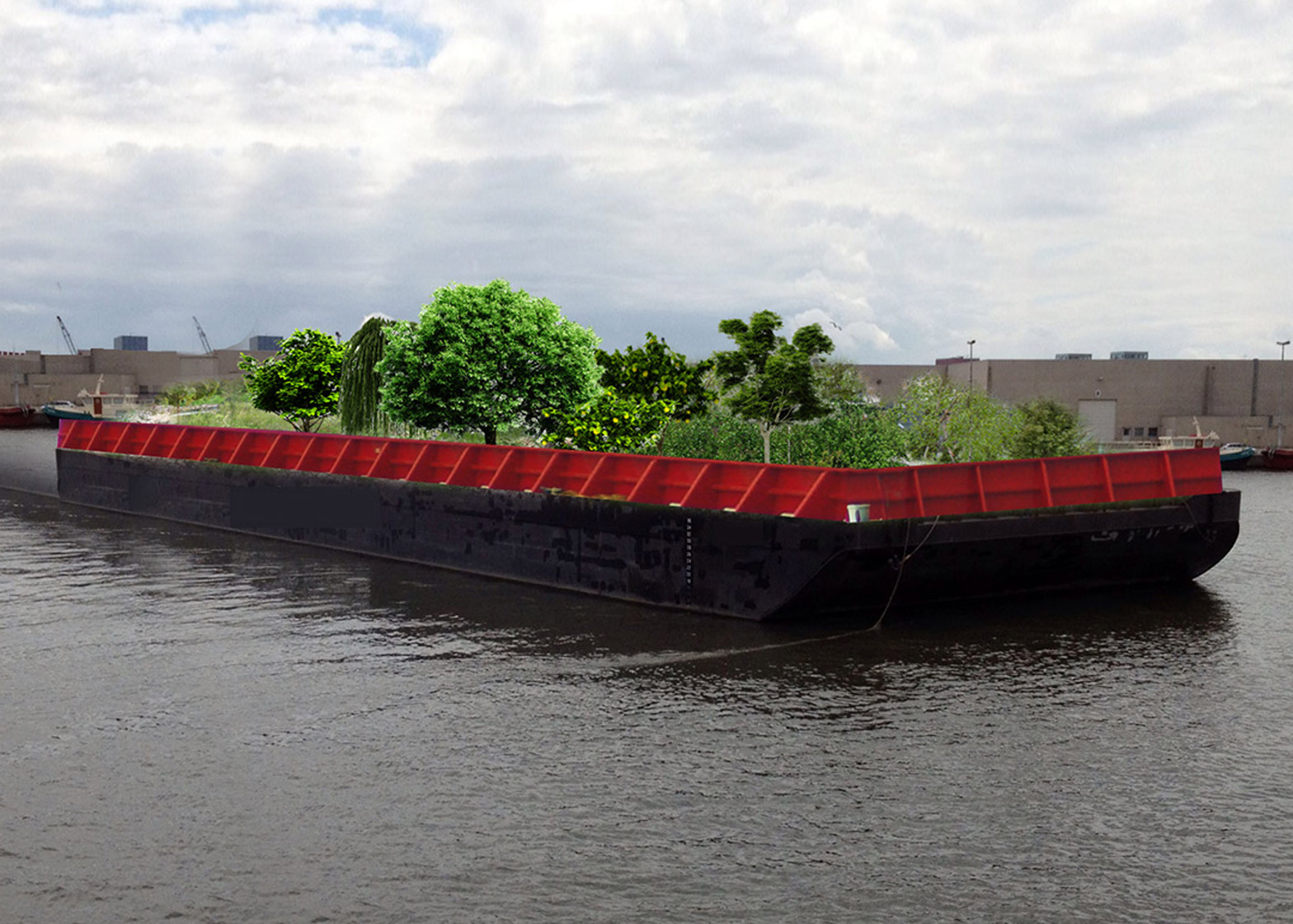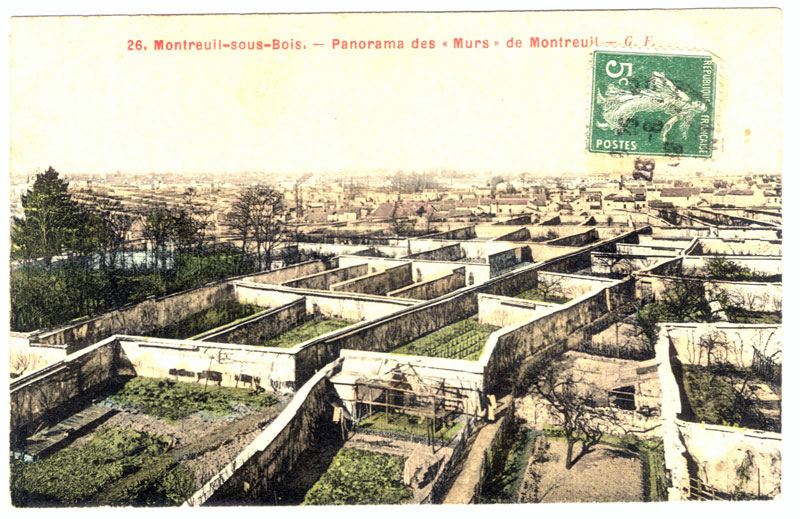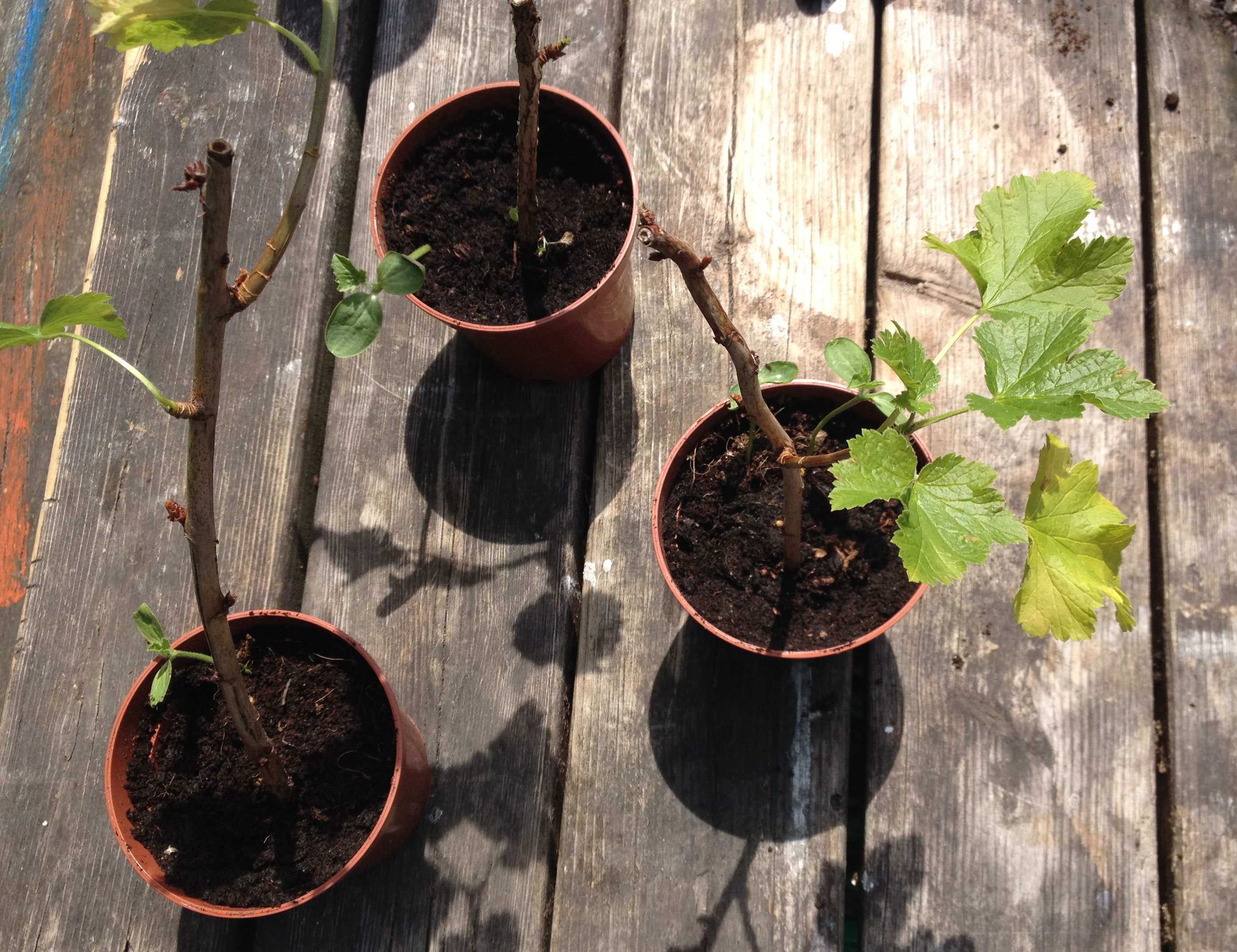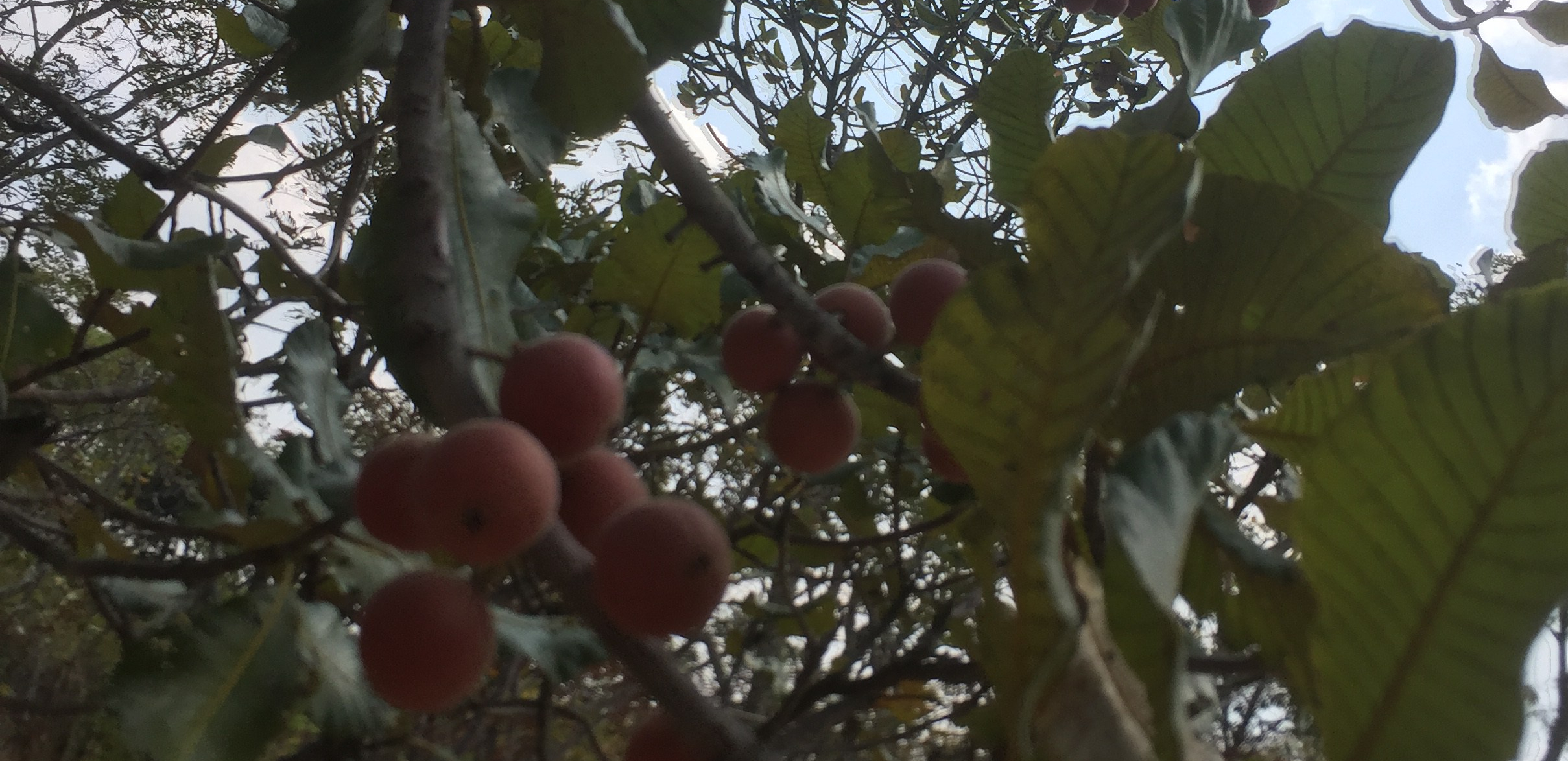 This is one of our latest assets: a fruiting Musuku, at full glory, at our new garden in Chilonga, Zambia. Otherwise known as the ‘Uapaca kirkiana’, ‘sugar plum’, ‘mazhanje’, ‘chilundu’, ‘muhaka’, ‘kabofa’, ‘mazanje’, umhobohobo’, ‘mpotopoto’, ‘mahobohobo’ or simply ‘nsuku’, its thirty+ varieties are amongst the most popular wild fruits of Central, Eastern & Southern Africa. Not only do they provide a rich source of nutrition in places where food production can be generally poor, it’s also an appreciated source of fodder, honey, dye, cockroach repellent, wrapping materials, timber, charcoal and medicine.
This is one of our latest assets: a fruiting Musuku, at full glory, at our new garden in Chilonga, Zambia. Otherwise known as the ‘Uapaca kirkiana’, ‘sugar plum’, ‘mazhanje’, ‘chilundu’, ‘muhaka’, ‘kabofa’, ‘mazanje’, umhobohobo’, ‘mpotopoto’, ‘mahobohobo’ or simply ‘nsuku’, its thirty+ varieties are amongst the most popular wild fruits of Central, Eastern & Southern Africa. Not only do they provide a rich source of nutrition in places where food production can be generally poor, it’s also an appreciated source of fodder, honey, dye, cockroach repellent, wrapping materials, timber, charcoal and medicine.
Popular fruits
Whereas ‘musuku’ is the name of the tree, its fruits are called ‘masuku’. Eaten fresh, pounded into a drink or turned into a jam, butter, wine or syrup, they are one of the most popular fruits of the Miombo woodlands. Hundred grams of these fresh wild loquats gives you about a remarkable 11.8 mg of iron, joining forces with a extra-ordinary 16.8 mgs of vitamin C. Plus a 123 Kcalories, 0.3 grams of protein, 0.4 grams of fat, 2.1 grams of fibre, 17 mg of calcium, 39 mg of magnesium, 15 mg of phosphorus, 375 mg potassium and 10 mg of sodium. Yet, they are mostly liked for their juicy bite and sweet beautiful taste.
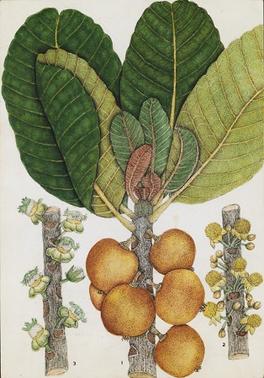
Plate depicting Uapaca kirkiana Müll.Arg. from “Trees of Central Africa” (1956)
The fruits grow on female trees of 5–13 meters with dark green, glossy leaves which are hardly ever attacked by pests, in areas with over 600 mm of rain per year. As they prefer well drained sand or soils low in organic matter, their presence indicates a poor agricultural soil. Yet, their presence will help improve the agriculture underneath as it helps preserve the soil it grows on. It is useful in watershed management, provides good shade and forms a mutual association with the mycorrhizae that help other species develop well.
Many ways to feed a farmer
Besides providing fruits, the Musuku has other ways of providing food for people and animals: ashes from its wood are used for seasoning food, its flowers are valuable for honey production and its leaves are used as fodder for livestock, and are eaten by the bug ‘Encosternum delegoruri’, an important source of protein and money. If you want to eat the bug, and not have the bug eat (all of your) tree, you may want to harvest a few.
Apart from being eaten, its broad leaves are als used as wrappers for storage of processed food and are used as a cockroach repellent in homes. The roots are used to make a blue dye, and an infusion to treat indigestion and dysentery. Perhaps unfortunately, the red wood of the masuku provides a good red fairly termite resistant timber as well as a good source for charcoal, too. To preserve this important tree from being chopped down, it’s worth realising it needs to develop about ten years before it gives its full harvest of fruits. By that time, sales of its fruits will far outweigh the short term financial gains from prematurely taking its woods.
‘I can come to no other conclusion than that Dr. Livingstone is out of his mind
and a most unsafe leader’, Sir John Kirk 1862
Sir John Kirk (1832-1922)
As usual, the tree has been known to local people long before it was named by Western recognised botanists. They derived ‘Uapaca’ from the Malagasy name ‘voa-paca’ used for the Madagascar species; U. thouarsii, which was the 1st member of the genus to be scientifically described by Ballion. The specific epithet ‘kirkiana’ was given in honour of Sir John Kirk (1832-1922), explorer and naturalist, and companion to explorer David Livingstone, whom he did not highly recommend. ‘I can come to no other conclusion than that Dr. Livingstone is out of his mind and a most unsafe leader’, he wrote in 1862.

Sir John Kirk in 1908 (December 19, 1832 – January 15, 1922)
Kirk later became a British administrator in Zanzibar, where he was allegedly instrumental in ending the slave trade. Apart from the masuku, his name was also given to a lizard (the Agama kirkii), an amphibian (Kirk’s caecilian, Scolecomorphus kirkii) and a monkey – the Zanzibar red colobus, a.k.a. ‘Kirk’s red colobus’ (Procolobus kirkii).
Sources:
- National Academies Press 2008, ‘Lost Crops of Africa: Volume III: Fruits’
- Wikipedia, ‘Uapaca kirkiana’ and ‘John Kirk (explorer)’, October 1 2017
- Food and Agriculture Organization of the United Nations 2013, ‘Nutrient composition of selected indigenous fruits from sub-Saharan Africa’
- Forests, Trees and Livelihoods, Moombe & Co. 2014, ‘Consumer preferences for Uapaca kirkiana fruits in Zambia’
- World of AgroForestry, Uapaca kirkiana
- ICRAF 2008, ‘Pest Management in Miombo Fruit Trees’
Photo: Masuku fruiting in our Chilonga garden, September 2017, by Desh Chisukulu
